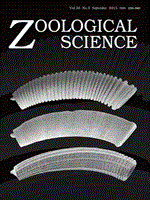BioOne.org will be down briefly for maintenance on 13 August 2025 between 18:00-21:00 Pacific Time US. We apologize for any inconvenience.
OBITUARY (1)
ESSAY (1)
ORIGINAL ARTICLES (11)

No abstract available
